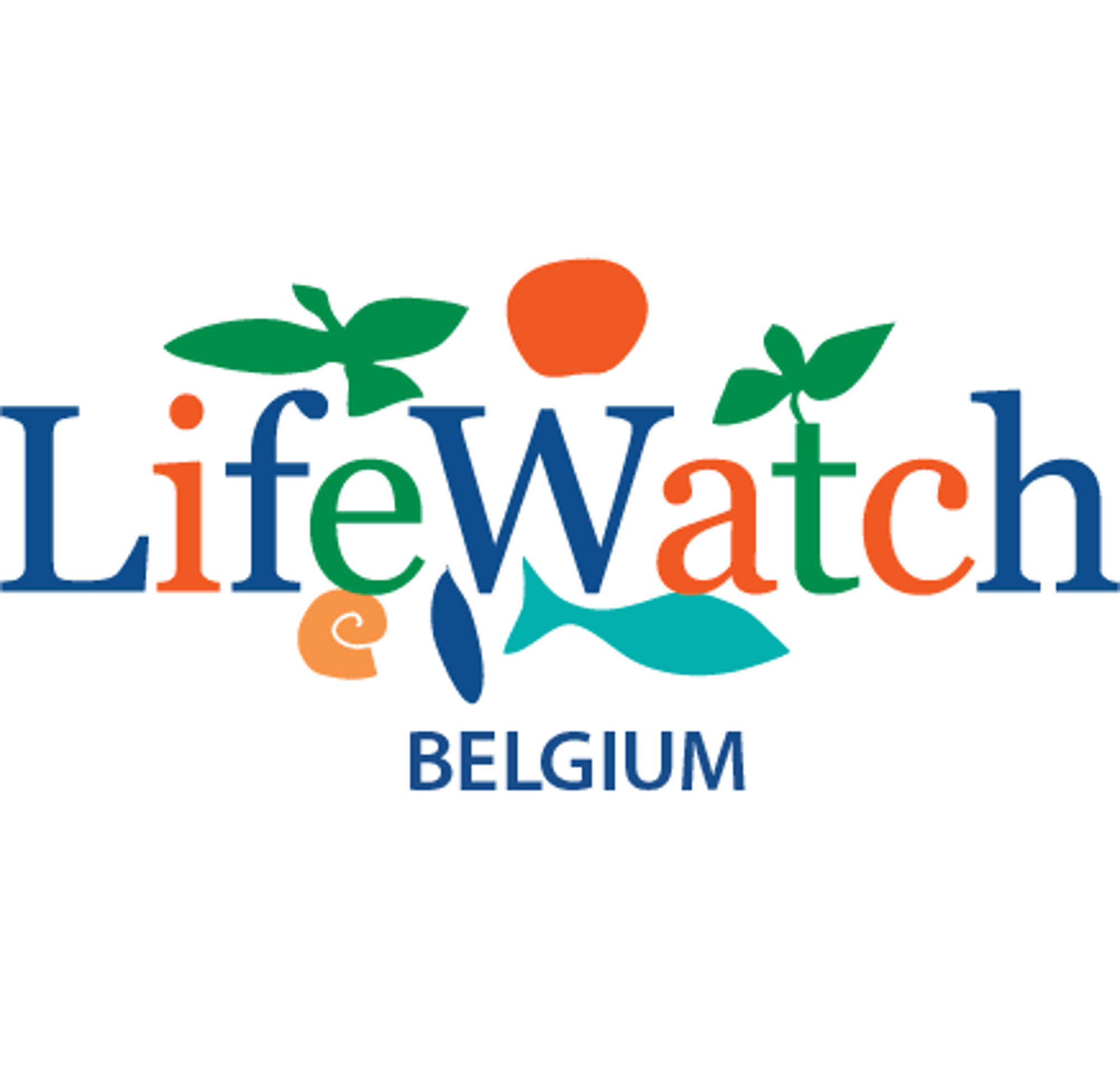Publication date: January 5th 2023

Within the World Register of Marine Species, these three fields - art, science and the battleground - are reflected, each in their own way. With regard to the battleground, let us - the DMT - be clear that we do not perceive taxonomists as being at war with each other, but we recognize and experience that the field of taxonomy has a wide and diverse history, where scientists did not always agree, and common grounds needed to be, and sometimes still need to be, discovered.
Throughout history, species have been named and since Linnaeus, the binomial approach has been followed (see also Story 3). In many cases, the given species name is chosen from a scientific perspective, i.e. it reflects at least partially some of the morphological or color characteristics of the species, or makes a reference to the geographic location where the species was discovered. Some examples of these are Paragorgia rubra, Perinereis viridis, Myrianida flava, Achimonocelis oostendensis, Lithodes galapagensis and Neogyptis hongkongensis. For all provided species examples, you can read their etymology on the WoRMS species page, under the ‘notes’ section.
From the Data Management Team perspective, taxonomists can also be true artists, not only in the way they illustrate their species but also in the way they name their taxa. The names of their genera and/or species are often very creative, reflecting their non-scientific field of interest and how this can link to one or more species characteristics. There are many examples of species named after e.g. artists, movie-characters, heads of state or musicians. Remember e.g. the Vibranium Fairy Wrasse - Cirrhilabrus wakanda - described in 2019, hinting its finding in the little-known mesophotic reefs of Africa, and a nod to Marvel’s mythical East African nation of Wakanda, home of the superhero Black Panther? Or what about Harryplax severus, Synalpheus pinkfloydi, Etmopterus benchleyi, Yoda and many others? Daily life and a taxonomists’ wide interest and admiration beyond science provide a valuable and a never-ending source of inspiration for the naming of new species.

So, what about this so-called battleground? First of all, take the term ‘battleground’ with a tiny grain of salt. A number of these battlegrounds are historical and date from times where technology and understandings were not as far progressed as what is possible today. Examples of these are multiple descriptions of the same species, or several scientists placing the same species in different classifications. Modern taxonomists do their utmost to clear these issues and make proverbial peace, by following the International Codes and making sure that synonyms are pointing to the currently valid name of a species. Is this a serious problem? Well, that all depends on how you look at it. Within WoRMS, there are currently 8 valid species names documented where the same species has been described separately over fifty times. The current frontrunner is the sea anemone Entacmaea quadricolor, with 67 synonyms. Other examples of species with over 50 documented synonyms are found within sponges, bivalves and annelids. So yes, this seems to be a problem that has been created over time, but on the bright side, WoRMS offers the possibility to document all these synonyms, and helps users to not lose sight of the big picture of how many valid species we currently know. Most importantly, WoRMS provides a platform for taxonomists to work together to clarify name ambiguities or misunderstandings that arose over past centuries. It is rather common within WoRMS for editors across phyla to reach out to each other to discuss the best approach to reflect our current knowledge through WoRMS, collaborations which are in many cases triggered by user questions.
For the Data Management Team (DMT), the metaphorical battleground stretches beyond the field of taxonomy, in a sense that correctly spelling some species names can be quite a challenge, and lead to a lot of confusion when working in the field of marine biodiversity. WoRMS provides the Aphia Taxon Match tool, allowing any user to upload a taxon list and map it to WoRMS, to verify whether the valid name is being used and whether the name in their list is correctly spelled. This becomes of particular importance when names from different datasets are being brought together, so that a misinterpretation of the overall diversity can be avoided. And yes, we sometimes wonder what a taxonomist was thinking when a species name was proposed… The longest documented scientific name within WoRMS is that of the ostracod Paradoxostoma promunturiumphysicicotum, challenging many of us to remember it and spell it correctly…
Contact
WoRMS Data Management Team - info@marinespecies.org
Image credits
Acknowledgements:
This celebration and series of news messages initiated by the Data Management Team (DMT) would not have been possible without the collaboration of the WoRMS Steering Committee (SC) & voluntary contributions by many of the WoRMS editors.
The work of the DMT and many WoRMS-DMT-related activities are supported by LifeWatch Belgium, part of the E-Science European LifeWatch Infrastructure for Biodiversity and Ecosystem Research. LifeWatch is a distributed virtual laboratory, which is used for different aspects of biodiversity research. The Species Information Backbone of LifeWatch aims at bringing together taxonomic and species-related data and at filling the gaps in our knowledge. In addition, it gives support to taxonomic experts by providing them logistic and financial support for the organization of meetings and workshops related to expanding the content and enhancing the quality of taxonomic databases.
WoRMS – as ABC WoRMS – is an endorsed action under the UN Ocean Decade.
Note: as is the case for previous stories and their highlighted examples, many more examples are available within WoRMS. The highlighted examples are either well-known to the Data Management Team through close interactions with the related editor-groups or through discussions within the Steering Committee. It is by no means the intention of the DMT to favour any group or species over another. The names of all species are equally important to be documented within WoRMS.



